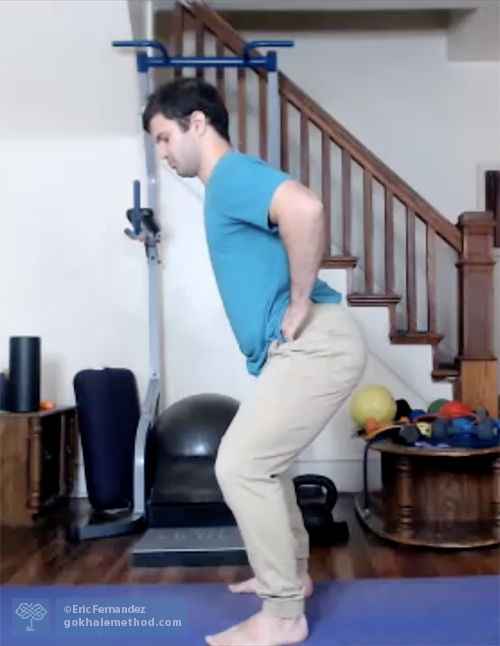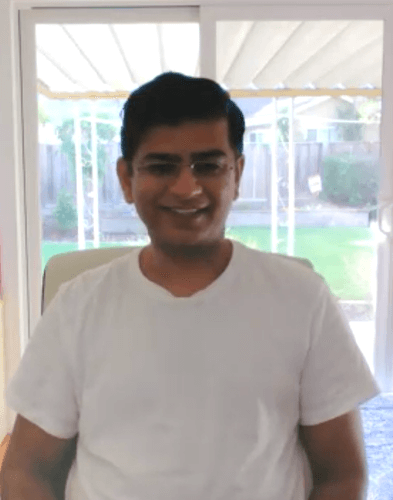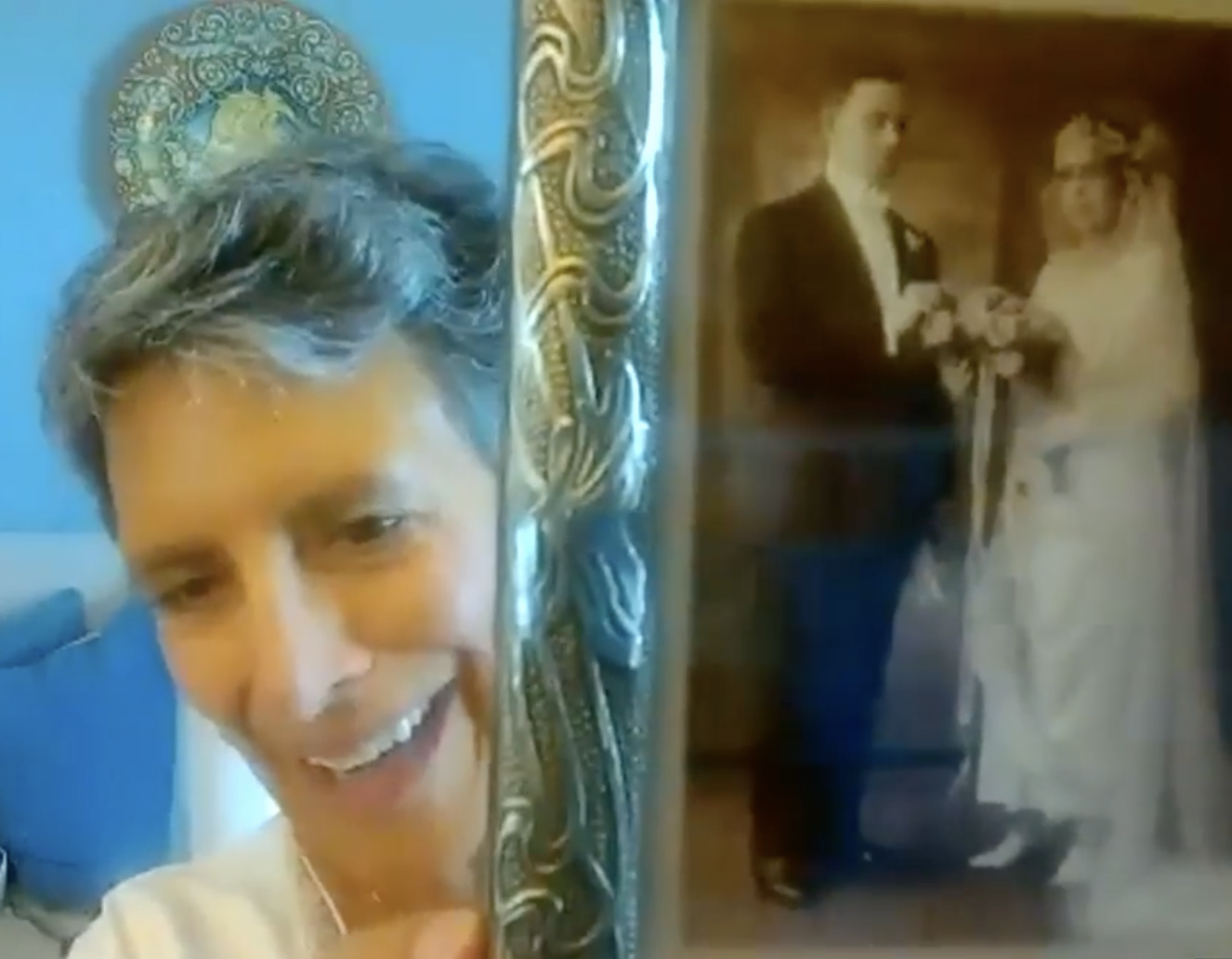In this blog post, the fifth in our series scrutinizing popular home exercises, we are looking at squats. Is it a beneficial exercise, and how does it stack up—or not—against the principles of healthy posture?
Squats are a popular and effective exercise designed primarily to strengthen the front of thigh muscles (quadriceps), stabilize the knee joint, tone the butt (gluteus maximus), and also work the back muscles.
Get Updates on the Latest Blog Posts
This blog post is about sitting with a backrest, which could be the back part of a chair, or something added to the chair for additional support and comfort.
Support and relief
Virtually any backrest will give relief that a tired back will appreciate. Support is certainly preferable when we sit for longer periods of time to enjoy reading, TV, a movie, or, if we are lucky, live theater.
With the trunk slightly inclined against a backrest, there is less compressive force due to gravity acting on the spine. In addition, the trunk stabilizer muscles get a break. When we are driving or traveling by plane or train, a backrest also confers additional protection from vibration or any untoward impact.
I am a 45-year-old software engineer living in California. I grew up and lived in India until I was 37. In my mid-twenties I developed lower back pain and right hip pain, and I recollect having a series of MRIs and medical traction but obtaining nothing more than temporary relief. I also went for Indian massage therapy, which did effectively relieve the pain for some years.
Welcome to our first blog post in a new series on running. This series is designed to be useful to beginners and would-be beginners, as well as seasoned runners and everyone in between.
Running is primal
Running was a defining feature in our development as a species. We are built to run. As children, almost all of us enjoyed this facility. You may believe that you are too injured, too old, or too uncoordinated to consider jogging—and you may be right—but I would still like to invite you to bring running onto your radar as something to work towards.
This is our fourth blog post in the series where we put popular exercises under scrutiny to examine how they stack up—or not—against the principles of healthy posture. Here we are looking at “low plank,” a whole-body exercise that particularly develops abdominal strength and trunk stability.
Our model for the photographs is Eric Fernandez, our Gokhale Exercise teacher who teaches the Gokhale Method in the Philadelphia area.
The healthy posture and positive change that antique images can bring to modern people are potentially transformational. In Part 1 of this series we looked at how learning from old photographs can benefit our upper body posture and in Part 2 the lower body.
Here we are going to focus on what antique portraits can teach us about small bends. The historical paintings for this post come from collections associated with Leland and Jane Stanford, famous for their business acumen, political influence, railroad building, and later, philanthropy as founders of Stanford University in California.
I developed excruciating lower back pain in 2001. I was a tennis player, downhill skier, and a marathon runner. I was also under a lot of financial pressure in a stressful job as a consumer class action lawyer.
My doctor diagnosed me with a herniated disc at L4-L5. He said that a piece of my disc was sitting on the nerve. I tried everything to stop my pain but nothing worked. In January 2002 I underwent a laminectomy which removed some of the vertebral bone next to the herniation to make room for the nerve root.
This is our fourth blog post in the series where we put popular home exercises under scrutiny to examine how they stack up—or not—against the principles of healthy posture. In this post we are looking at head rotations/circling, an exercise that is often suggested to ease stiffness and mobilize the neck.
Neck pain—causes and solutions
Although not often considered in physical fitness and exercise regimens, the neck frequently becomes a problematic area for people in our culture. At that point, we look to mobilizing, stretching, and strengthening exercises to alleviate pain and stiffness.
Rediscovering ancestral posture can be fun! In our online 1-2-3 Move program we have had several “Show and Tells” during which participants share old family photographs. The inspiration for healthy posture and positive change that these pictures bring to their descendants, as well as to the online community, is powerful.
In Part 1 of this series we looked at the upper body. Here we are going to consider what our forebears can teach us about healthy alignment for the lower body—specifically, what needs to happen with the pelvis, legs, and feet.









